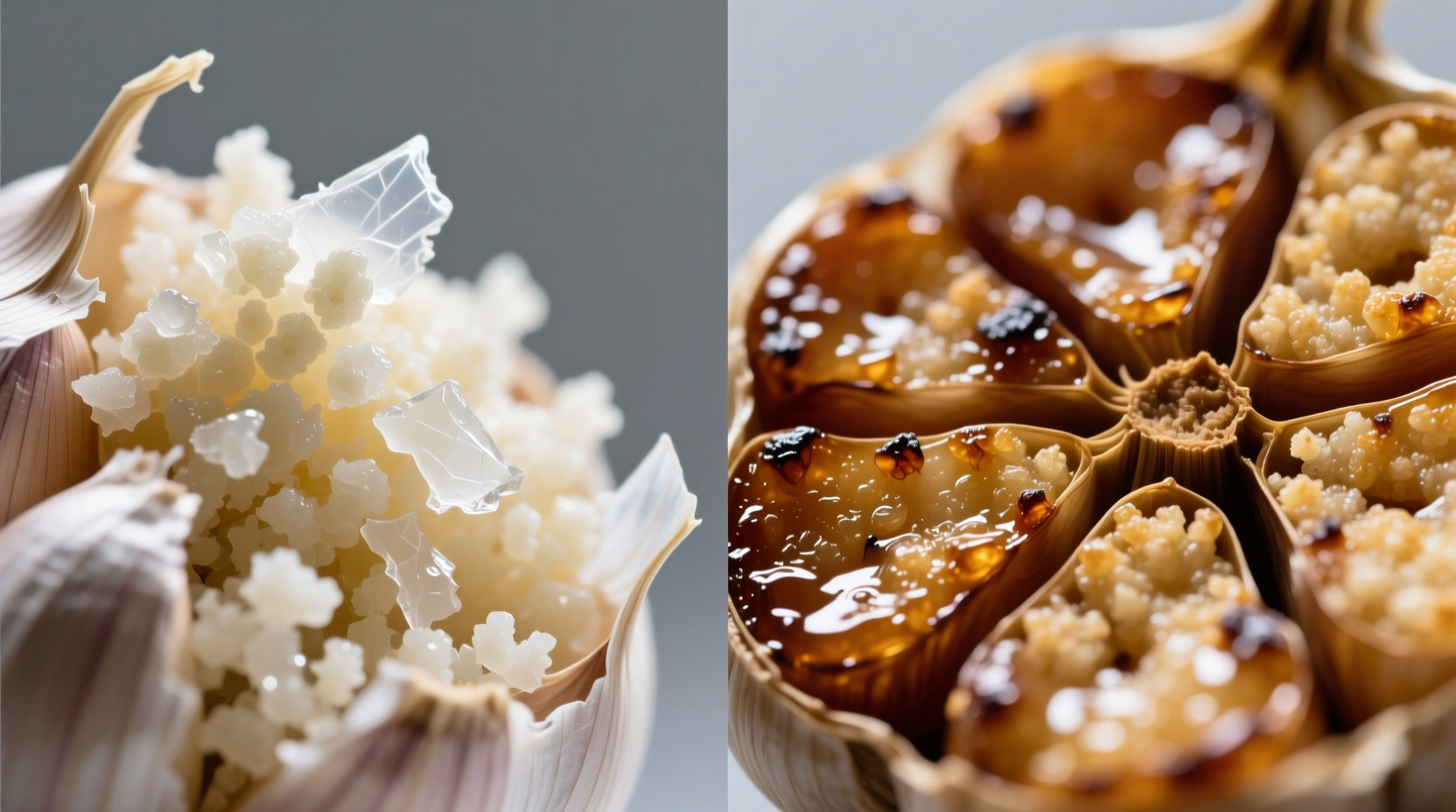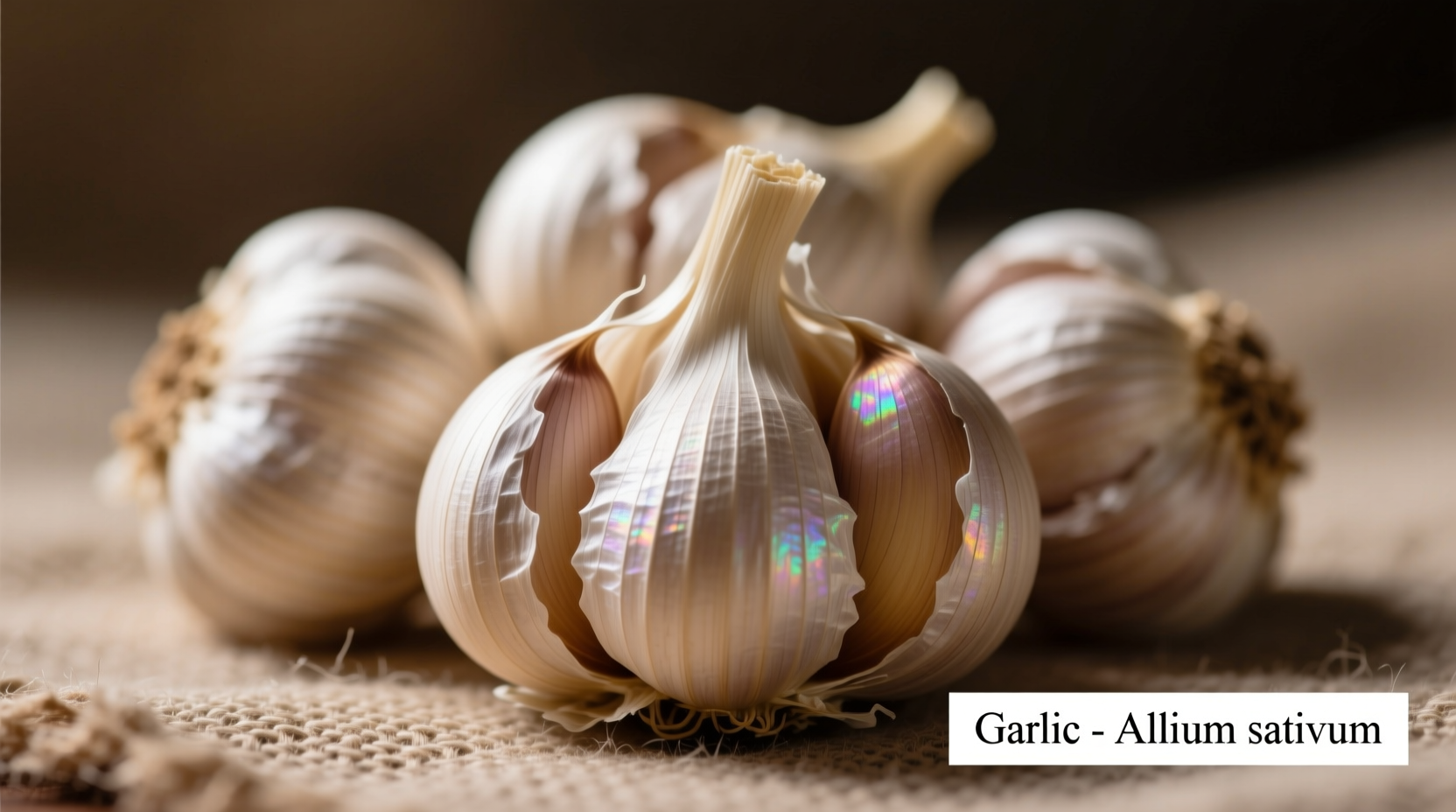Granular garlic is a coarsely ground garlic product with larger particles than garlic powder, offering a balanced flavor release that's stronger than powder but milder than fresh garlic. It provides consistent seasoning with excellent solubility in liquids and superior shelf stability compared to fresh garlic.
When you reach for that spice jar, understanding the precise characteristics of granular garlic can transform your cooking. Unlike fine garlic powder that delivers an immediate, intense punch, granular garlic's medium-sized particles (typically 0.5-1.5mm) create a more gradual flavor release that better mimics fresh garlic's complexity. This makes it the secret weapon professional chefs rely on for consistent results in sauces, rubs, and marinades where you want garlic flavor without overpowering other ingredients.
What Exactly Is Granular Garlic?
Granular garlic represents the middle ground in the garlic processing spectrum. Manufacturers create it by dehydrating fresh garlic cloves, then grinding them to a specific particle size that's larger than powder but smaller than minced garlic flakes. The production process matters: quality granular garlic maintains more of garlic's natural compounds because it avoids the high-heat processing that can degrade flavor in finer powders.
According to the USDA Agricultural Research Service, the particle size directly impacts how garlic compounds interact with food. Granular garlic's medium grind preserves more allicin precursors than fine powders while offering better dispersion than fresh garlic. This scientific insight explains why many chefs prefer it for applications requiring even seasoning distribution without the moisture content of fresh garlic.
| Garlic Form | Particle Size | Flavor Intensity | Best Uses | Shelf Life |
|---|---|---|---|---|
| Fresh garlic | N/A | Strong, immediate | Sauces, stir-fries, raw applications | 2-3 weeks refrigerated |
| Granular garlic | 0.5-1.5mm | Moderate, gradual release | Rubs, marinades, soups, dressings | 2-3 years |
| Garlic powder | <0.5mm | Intense, immediate | Dry rubs, seasoning blends, quick sauces | 3-4 years |
| Garlic salt | Varies | Strong with salt dominance | Finishing salt, specific seasoning needs | Indefinite |
When Granular Garlic Shines: Practical Applications
Understanding granular garlic's unique properties helps you leverage it effectively in your cooking. The Culinary Institute of America's food science research confirms that granular garlic dissolves more completely in liquids than fresh garlic, making it ideal for applications where you want uniform flavor without garlic bits.
Perfect Pairings for Granular Garlic
- Soups and stews: Adds consistent garlic flavor that won't burn during long cooking times
- Dry rubs: The medium texture adheres better to meats than powder while distributing evenly
- Marinades: Dissolves completely in oil-based marinades without leaving residue
- Dressings and sauces: Provides garlic flavor without the texture of fresh garlic
- Baked goods: Works well in savory breads and biscuits where fresh garlic would create pockets

Storage Secrets for Maximum Freshness
Proper storage dramatically extends granular garlic's shelf life. The USDA National Agricultural Library recommends keeping dried garlic products in airtight containers away from light and moisture. Unlike fresh garlic, which can sprout or mold, properly stored granular garlic maintains flavor for 2-3 years.
Watch for these signs that your granular garlic has passed its prime:
- Faded color (should be pale to medium tan)
- Clumping from moisture exposure
- Weak aroma when rubbed between fingers
- Bitter or stale taste
Substitution Guide: Getting Ratios Right
Running out of granular garlic doesn't have to derail your recipe. Use these precise substitution ratios for best results:
- 1 teaspoon granular garlic = 1.5 teaspoons garlic powder (use less powder to avoid overpowering)
- 1 teaspoon granular garlic = 1 tablespoon fresh minced garlic (for cooked dishes)
- 1 teaspoon granular garlic = 2 teaspoons garlic flakes (soak flakes in 1 tsp water first)
Remember that substitution effectiveness depends on your cooking method. For raw applications like salad dressings, fresh garlic works better. For cooked dishes, granular garlic's consistent flavor makes it the superior choice.
Avoiding Common Granular Garlic Mistakes
Even experienced cooks make these granular garlic errors:
The Burned Garlic Trap
Unlike fresh garlic, granular garlic can burn quickly when added directly to hot oil. Always add it after other aromatics like onions have softened, or bloom it in cool oil first. The America's Test Kitchen food science team found that blooming granular garlic in 1 tablespoon of oil for 30 seconds before adding liquids prevents bitterness while maximizing flavor extraction.
The Moisture Misstep
Adding granular garlic to already-liquid mixtures can cause clumping. For best results, mix it with a small amount of dry ingredients first, then incorporate into wet components. This technique ensures even distribution without lumps.
The Freshness Fallacy
Many home cooks assume fresh garlic is always superior, but granular garlic actually provides more consistent flavor in cooked applications. Fresh garlic's enzyme activity creates varying flavor compounds, while granular garlic delivers reliable seasoning batch after batch.
When Not to Use Granular Garlic
Understanding granular garlic's limitations is as important as knowing its strengths. Avoid it when:
- You need the sharp, immediate bite of raw garlic (use fresh instead)
- Creating visually appealing dishes where texture matters (like garlic bread)
- Working with delicate flavors that could be overwhelmed (use garlic powder sparingly)
- Following traditional recipes that specifically call for fresh garlic











 浙公网安备
33010002000092号
浙公网安备
33010002000092号 浙B2-20120091-4
浙B2-20120091-4